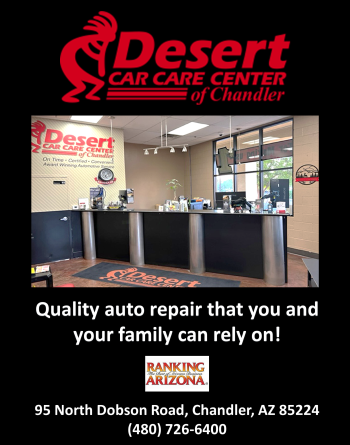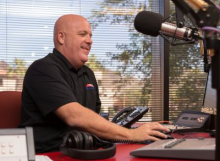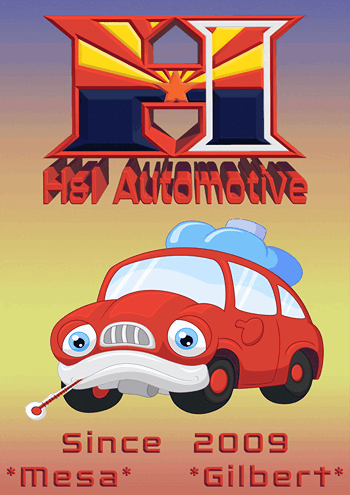

Welcome to Bumper to Bumper Radio!
Drive in anxious and cruise out confident with the best automotive information for your vehicle! Tune in to KTAR News 92.3 every Saturday from 11 a.m. to noon as Matt Allen helps listeners with their car problems. The show call in number is 602-277-5827.
Latest News From Bumper to Bumper Radio
As gas prices continue to drop, motorists should take advantage of their savings at the pump and invest it back into their vehicles. By spending a little now to increase fuel efficiency, drivers can multiply fuel savings and save more money at the pump, says the Car Care Council.
Experience behind the wheel may matter more than age when it comes to the safety of young-adult drivers, according to two new studies by the AAA Foundation for Traffic Safety. These results suggest that states could reduce road crashes, fatalities and injuries by extending graduated driver licensing (GDL) laws to novice drivers beyond age 17. AAA is promoting this research as part of National Teen Driver Safety Week, which takes place from Oct. 19-25.

As the days get shorter, lights and wipers play a major role in safe driving, as the chance of an accident increases if you can’t see or be seen, according to the non-profit Car Care Council.
“With fewer daylight hours in fall and winter, it’s important to make sure your vehicle’s lights and wipers are working properly so your visibility is not compromised and you can be seen by others,” said Rich White, executive director, Car Care Council. “From the driver’s seat, you may not notice a light that isn’t working, so inspect all of your car’s lights and replace those that are out. Also, inspect and replace wiper blades so you can see clearly when wet weather hits.”
Lights are normal wear items that require periodic inspection and replacement. The lighting system provides nighttime visibility; signals and alerts other drivers; and supplies light for viewing instruments and the vehicle’s interior. In addition to replacing dimming, rapidly blinking and non-functioning lights, the following tips can help keep you safe:
WASHINGTON, Aug. 28, 2014 -- Who can forget the Griswold's famous cross-country station wagon trip in "National Lampoon's Vacation"? While the 31-year-old movie was made long before the days of in-car movies, and the only "portable electronics" available were cumbersome cassette players people carried around, it seems that – interestingly enough – some things have stayed the same.
The Auto Alliance's latest Auto Index consumer survey found Americans still mostly pass the time on long road trips by looking out the window and taking in the scenery, much like they did in their childhood. In fact, 41 percent of respondents said that's how they spent the road trips of their youth. Today, 40 percent of the public report watching the scenery as their favorite way to pass the time on car trips.
 After more than a month of online polling and thousands of votes, Desert Car Care -- a Bumper to Bumper Radio Preferred Shop -- received the 2014 Best of Chandler award in the auto repair shop category. The 2014 Best of Chandler Awards are sponsored by the East Valley Tribune Get Out magazine.
After more than a month of online polling and thousands of votes, Desert Car Care -- a Bumper to Bumper Radio Preferred Shop -- received the 2014 Best of Chandler award in the auto repair shop category. The 2014 Best of Chandler Awards are sponsored by the East Valley Tribune Get Out magazine.
Desert Car Care is a local leader in automotive service and repair with locations not only in Chandler, but in Mesa and Gilbert as well. Frank Leutz and his staff begin with certified professional service advisers and continues with technicians certified by the National Institute for Automotive Service Excellence.
Congratulations from Bumper to Bumper Radio!
Click here to learn more about Desert Car Care.






















